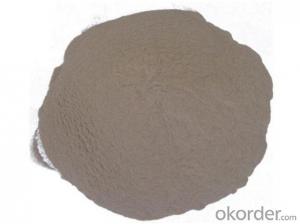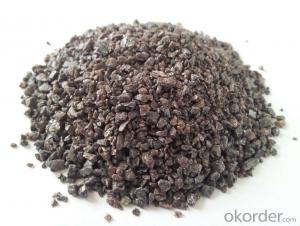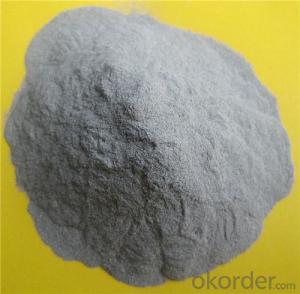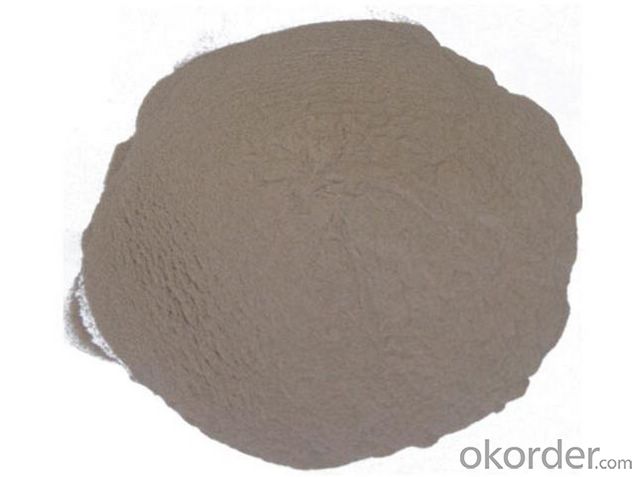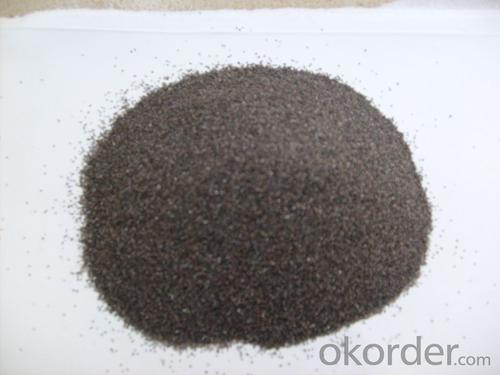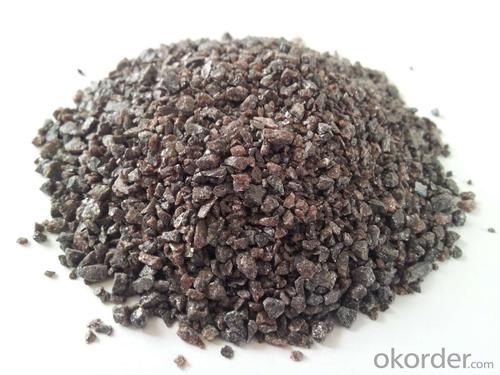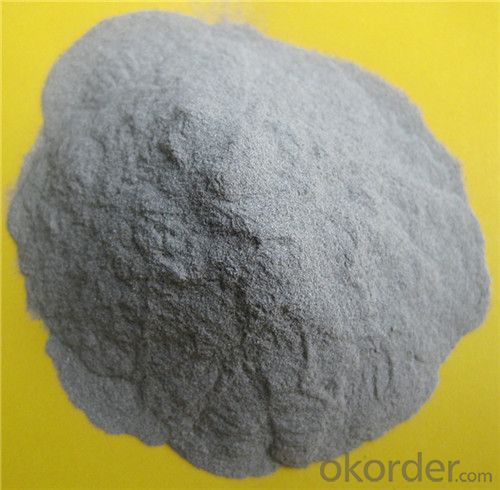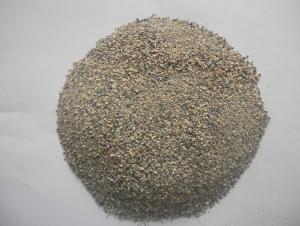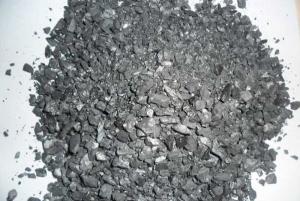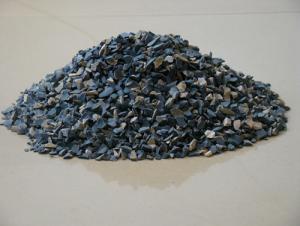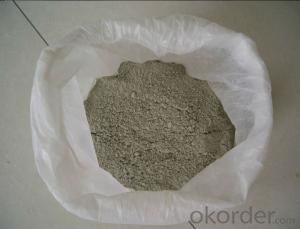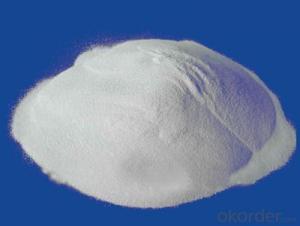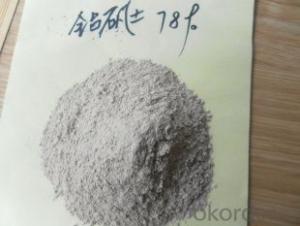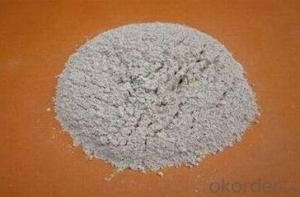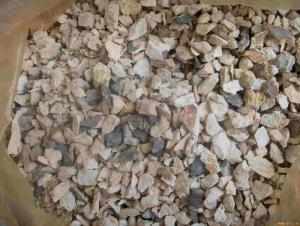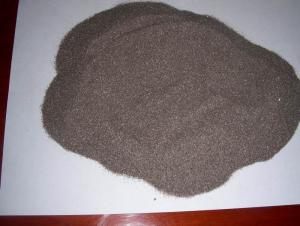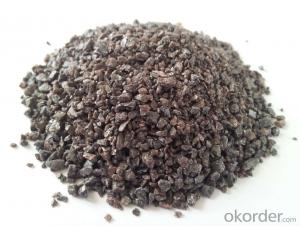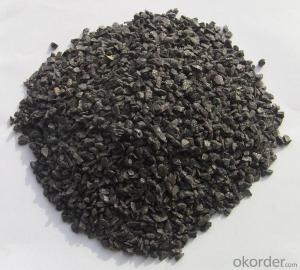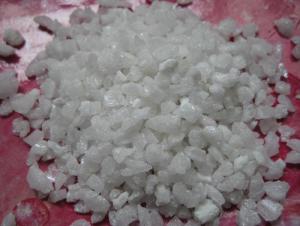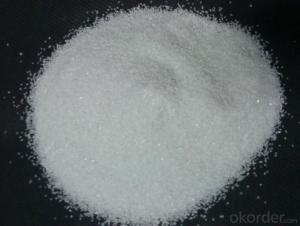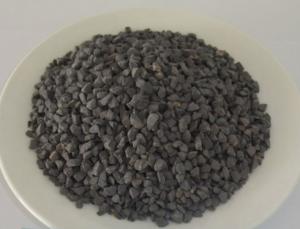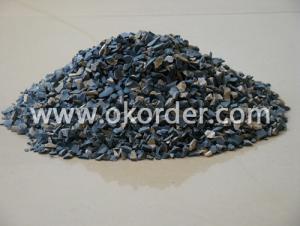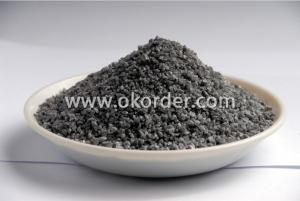Raw Materials for Refractory - Brown Fused Alumina for Abrasives/Refractories
- Loading Port:
- Tianjin
- Payment Terms:
- TT or LC
- Min Order Qty:
- 25 m.t.
- Supply Capability:
- 3000 m.t./month
OKorder Service Pledge
OKorder Financial Service
You Might Also Like
Brown Fused Alumina for Abrasives/Refractories
Production details
Brown fused alumina is made by electric arc furnace melting under high temperature with the raw material of bauxite, anthracite and scrap iron. It is characterized by its high hardness, good toughness and shape in size. It can be used in refractory materials with refractoriness of 1850°C.
Product Name | Brown fused alumina | |||||
Size | Al2O3 | TiO2 | SiO2 | Fe2O3 | CaO | |
8-5mm | ≥95.00 | 1.50-3.80 | ≤1.50 | ≤0.30 | ≤0.30 | |
5-3mm | ≥95.00 | 1.50-3.80 | ≤1.50 | ≤0.30 | ≤0.30 | |
3-1mm | ≥95.00 | 1.50-3.80 | ≤1.50 | ≤0.30 | ≤0.30 | |
1-0mm | ≥95.00 | 1.50-3.80 | ≤1.50 | ≤0.30 | ≤0.30 | |
200-0mm | ≥94.00 | 1.50-3.80 | ≤1.50 | ≤0.30 | ≤0.30 | |
325-0mm | ≥93.00 | 1.50-3.80 | ≤1.50 | ≤0.30 | ≤0.30 | |
Application of Brown Fused Alumina for Refractory Use, Sandblasting, Abrasives:
Resin ceramic abrasive, sand blasting, grinding and polishing, and is widely used in anti-wear runways, high-temperature coating matrix and metallurgy, chemical industry, and other high-level furnace refractories.
Pictures:
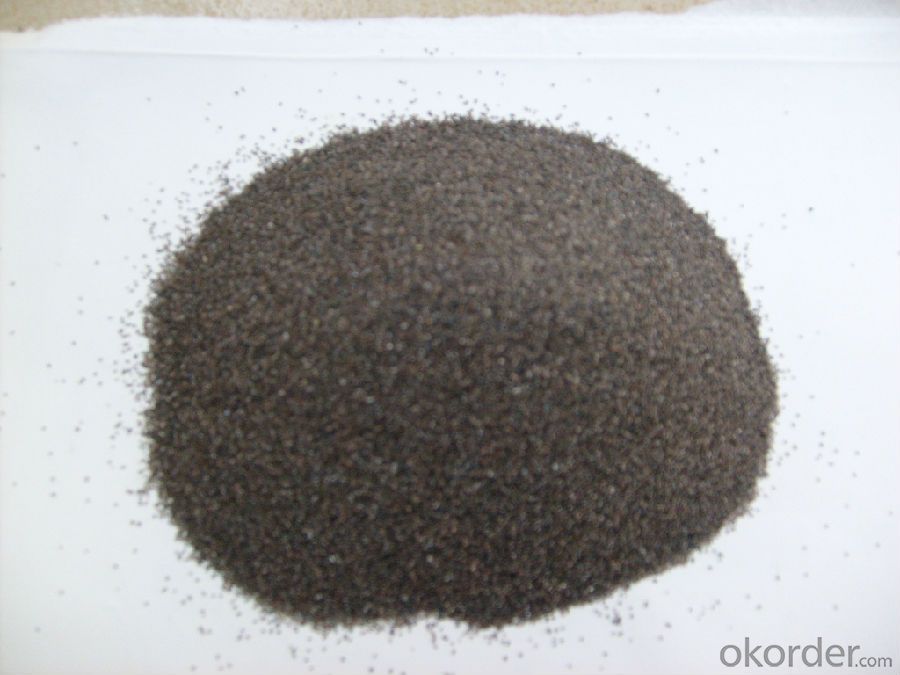
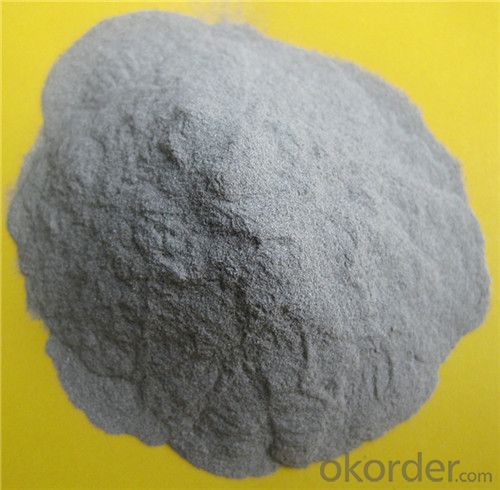

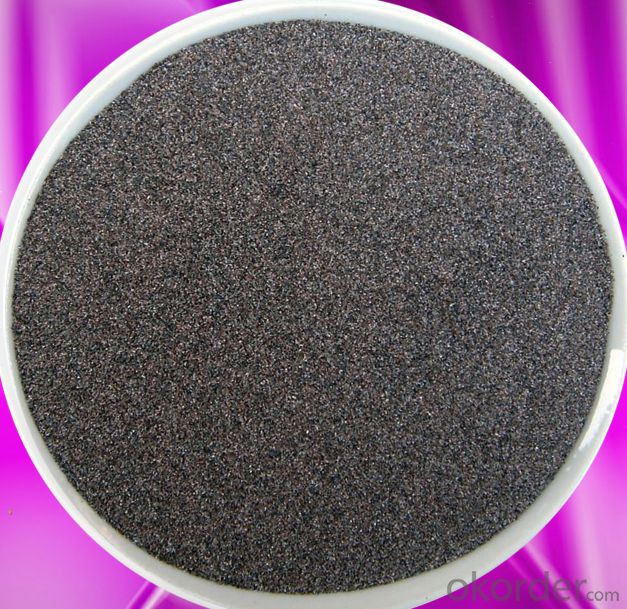
If you’ve any enquiries, please don’t hesitate to let us know.
- Q: What's the fire?retardant material of roller shutter fire resistance door ?
- They are composited by inorganic materials, and the main components are perlite, inorganic adhesive and other special formula. It has flat and smoothe surface, unibody and stronger strength after molding. It has owned Chinese and Taiwan strength patent. It is fireproof, sound and thermal insulating. It has passed tests of Tianjin Fire Research Institute and Beijing construction institute. It is an ideal product.
- Q: What are the applications of refractory busway?
- Fire-resisting busway can be applied to power transmission and distribution systems with rated voltage below 690V, rated current is 250-5000A and frequency is 50-60Hz. After years of testing and industrial electrical operation, its electrical resistance, fire resistance, metal structural property have reached the advanced level in China.
- Q: The difference between refractory and thermal insulation material
- Refractory refers to inorganic non-metallic material, whose refractoriness is not less than 1,580℃, but refractory is not necessarily insulated material. Inorganic thermal insulated material also belongs to refractory as long as its refractoriness is higher than 1,580℃.
- Q: What are the main characteristics of the sic refractories?
- The physical properties of SiC refractories include structural properties, thermal properties, mechanical properties, usability and job performance. The structural properties of refractory include porosity, bulk density, water absorption, air permeability, an the distribution of pore size. The thermal properties of refractory include thermal conductivity, thermal expansion coefficient, specific heat, heat capacity, thermal diffusivity, and thermal emission rate. The mechanical properties of refractories include withstand voltage strength, tensile strength, anti bending strength, torsional strength, shear strength, impact strength, abrasion resistance, creep resistance, adhesive strength, and elasticity modulus. The usability of refractories include refractoriness, load softening temperature, linear?change?on?reheating, thermal shock resistant performance, slag resistance, acid resistance, alkali resistance, hydration resistance, corrosion resistance to CO, conductivity, and inoxidizability.
- Q: what should be paid sttention when buying the refractory?
- First, look at the appearance of the product, it will be better if the surface of product is smooth, if there are the injuries and damages which may influence the use, do not use it. Second, the main characteristics of insulation material is flame resistance, reduce the loss of fire occurred at the time of purchase combustion performance testing products, non-combustible stone wool products are the best. Third, refractory insulation with good hygroscopicity is also very important, it can keep your room drying for a long time , played the role of moisture-proof, and more capillary, the hygroscopicity is better.
- Q: Firing high temperature kiln of refractory and internal temperature being as high as 1600 ℃, metal heat exchanger can't use, how to do?
- Directly using silicon molybdenum kiln, the temperature is better. Now using the electricity is cheaper than the price of other fuels.
- Q: What are the specifications of refractory kilns ?
- Since the coefficient of thermal expansion of the basic brick is large, expansion rate is about 1-1.2% under 1000 ℃ The literature indicates that: "Under the condition that the temperature was raised to 1000 ℃ and stress in brick lining is relaxed, 300N / mm2 of compressive stress can be produced, which is equals to ten times structural strength of ordinary magnesia chrome brick, six times structural strength of magnesia chrome brick, dolomite brick and spinel brick, so any basic bricks can not afford, " the paper also pointed out that " heat expansion rate of kiln body can partially compensate for expansion rate of the inner lining of 0.2% -0.4%, which is 1/3 of thermal expansion rate of ordinary magnesia-chrome brick under 1000 ℃. However, it occurs under thermal equilibrium conditions. Thereby, the kiln should be dried slowly, allowing the temperature of the kiln body to go up slowly, thus the role of compensation can be played. " This is the key to using the basic brick. " Procedures of refractory for cement kiln "( tentative one) has clearly regulated baking and cooling of the kiln in the first section of the fifth chapters. In the heating process, in particular when the temperature is in the range of 300-1000 ℃, heating rate must be less than 60 ℃ / h. This is very clear in theory but it is difficult to implement.
- Q: What are the main materials in concrete fireproofing material?
- it can be roughly divided into: fire-resistant coating for steel structure, finishing fire retardant paint, tunnel fire coatings, concrete fire?retardant?coating, cable refractory coating. fire-resistant coating for steel structure is divided into: Indoor ultra-thin fireproof coatings for steel structure, indoor thin steel structure fireproofing coating, indoor thick steel structure fireproofing coating, outdoor ultra-thin fireproof coatings for steel structure, Outdoor thin steel structure fireproofing coating, outdoor thick steel fireproofing coating. I hope it can help you. Hope to adopt my opinion Thank you! )
Send your message to us
Raw Materials for Refractory - Brown Fused Alumina for Abrasives/Refractories
- Loading Port:
- Tianjin
- Payment Terms:
- TT or LC
- Min Order Qty:
- 25 m.t.
- Supply Capability:
- 3000 m.t./month
OKorder Service Pledge
OKorder Financial Service
Similar products
Hot products
Hot Searches
Related keywords
